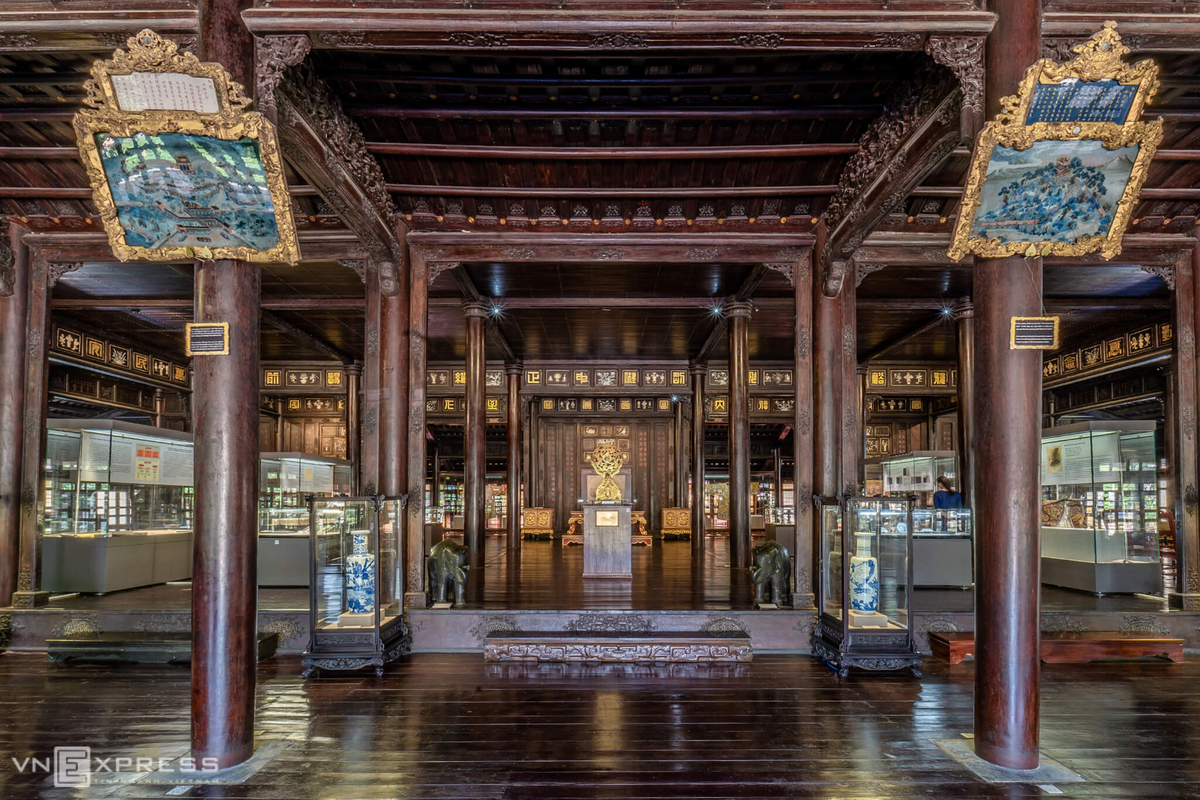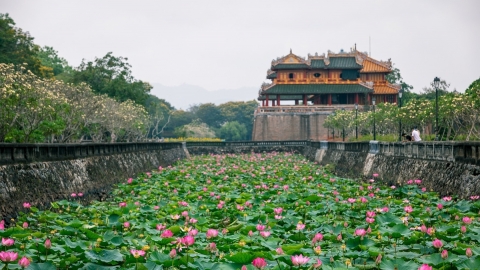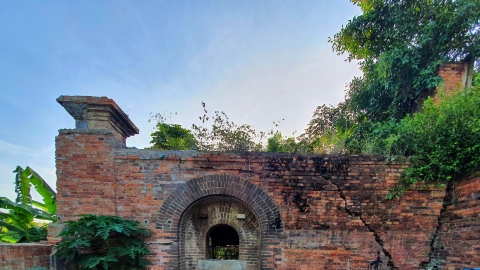On the afternoon of January 31, at Long An Palace, the Hue Monuments Conservation Center opened the exhibition "Relics of Emperor Gia Long" - the Emperor who founded the Nguyen Dynasty.

Exhibition on the occasion of the 200th anniversary of the death of King Gia Long
The exhibition space of the Hue Royal Antiquities Museum introduces to the public artifacts, images, documents... related to the life, career and contributions of the first king of the Nguyen Dynasty. In addition, a part of the exhibition space introduces the ecological landscape values in the mausoleum of the Emperor and members of the Royal Family.
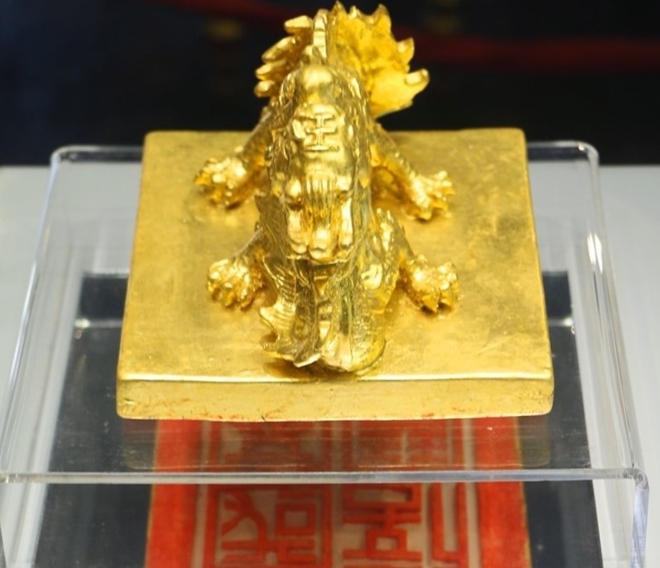
The gold-plated ceramic version of the National Trust was used by King Gia Long on documents summoning generals, mobilizing soldiers, and conscription.
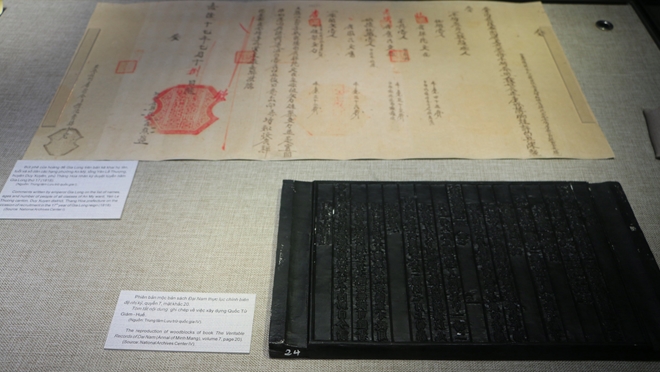
Commentary of Emperor Gia Long
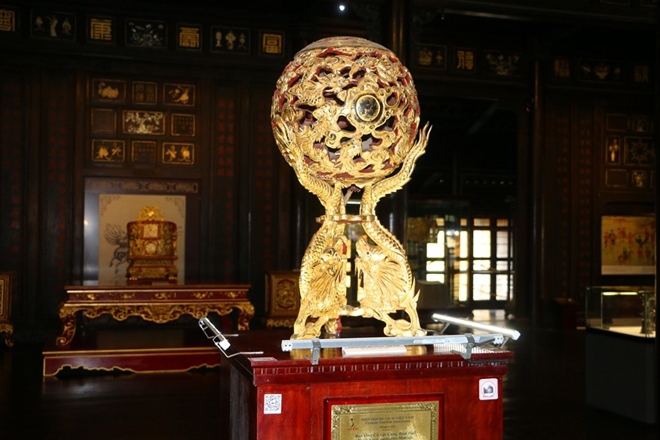
Nine Dragon Ball
Emperor Gia Long's real name was Nguyen Phuoc Anh, often shortened to Nguyen Anh, born on January 15, Nham Ngo year (February 8, 1762), died on December 19, Ky Mao year (February 3, 1820); he was the third son of Prince Nguyen Phuoc Luan and Mrs. Nguyen Thi Hoan. He was the first king to found the Nguyen Dynasty, the last monarchy in Vietnamese history. Emperor Gia Long was the one who unified a large area of the country as well as established sovereignty over the Hoang Sa and Truong Sa archipelagos.
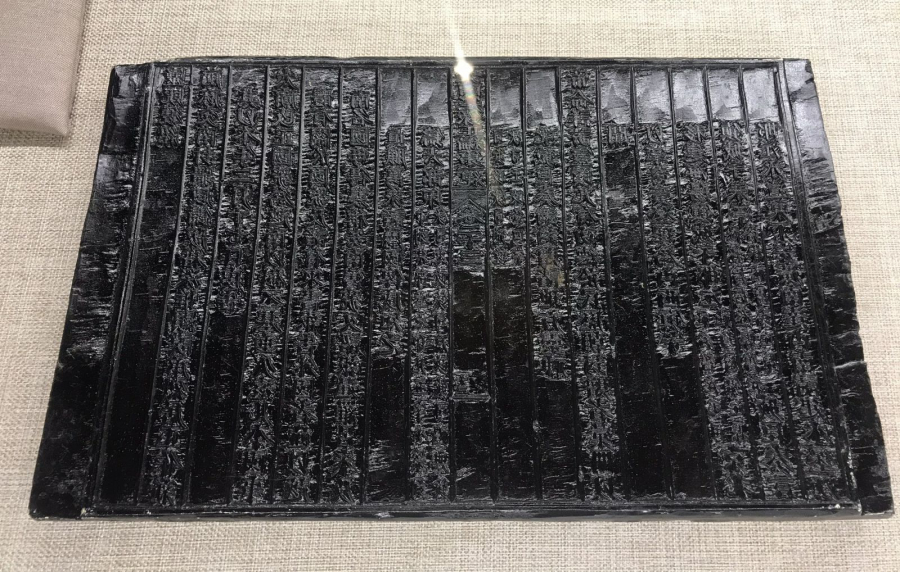
Woodblock version of the book "Dai Nam Thuc Luc Chinh Bien De Nhat Ky", volume 23, engraved page 13, with the content: "Emperor Gia Long changed the national name of our country to Vietnam in the year of Giap Ty (1804)"
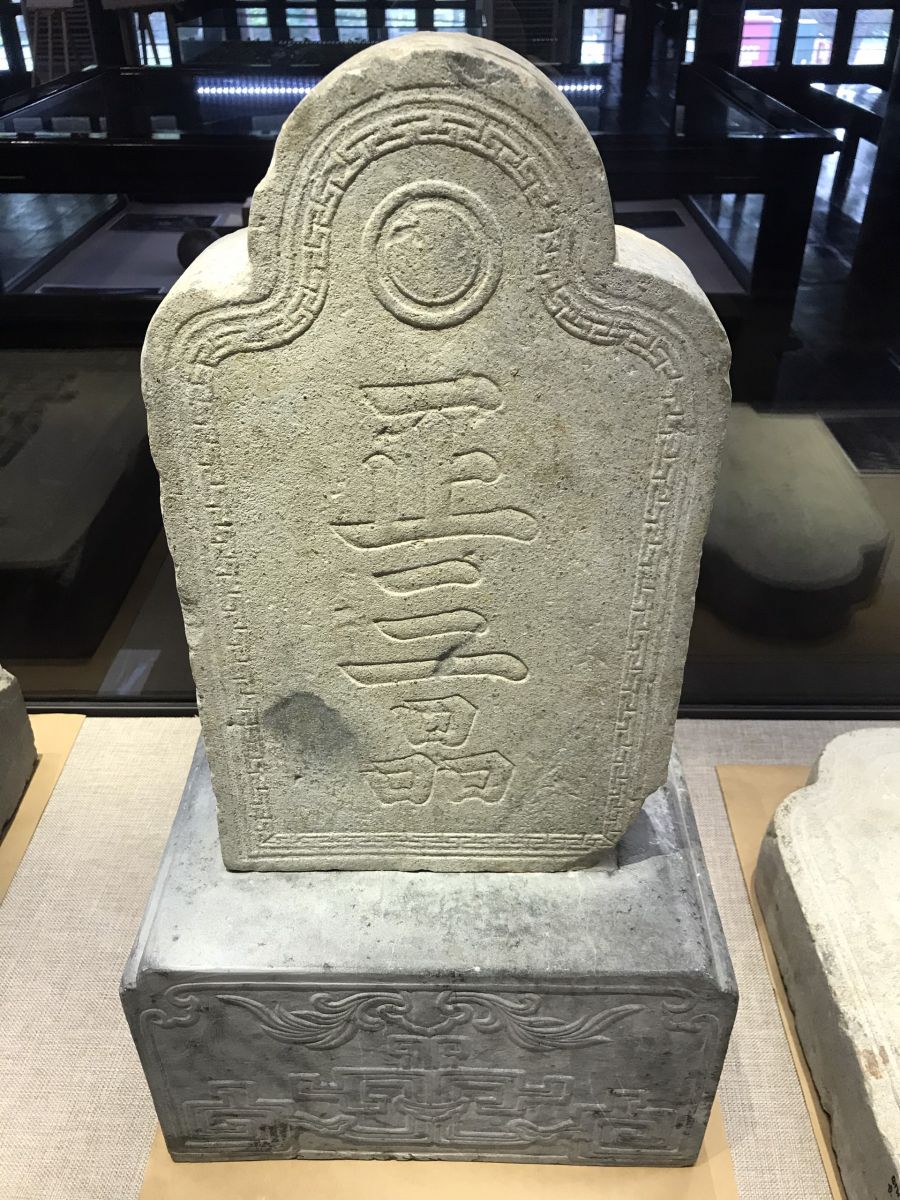
The stele (stating the position of the mandarin in attendance) of the Third-rank mandarin
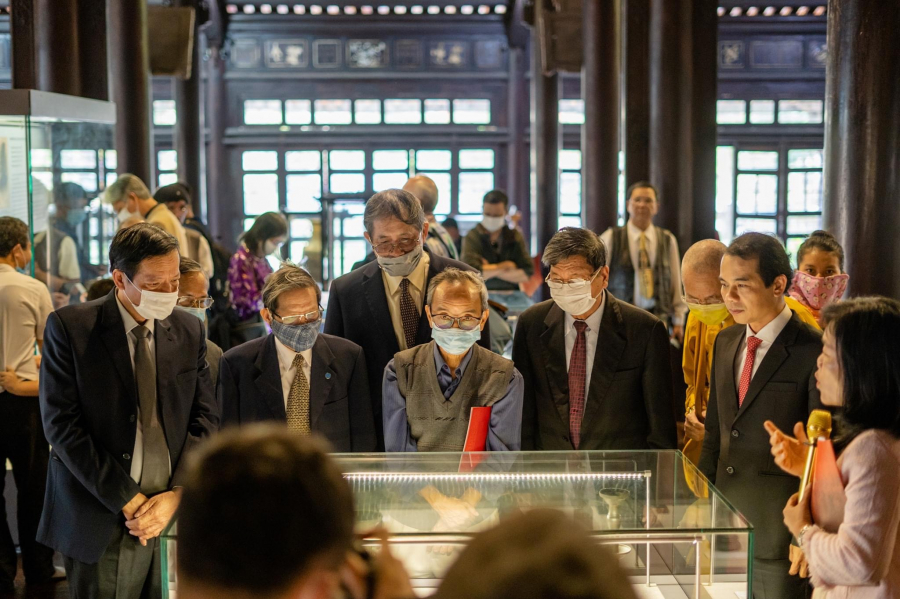
The exhibition attracted a large number of people and tourists (Source: Fanpage of Hue Monuments Conservation Center)
Coming to the exhibition, future generations will have the opportunity to see with their own eyes the precious documents and woodblocks of our ancestors during the period of founding and defending the country of the first king of the Nguyen Dynasty; helping with research, study, and tourism.
Exhibition location: Long An Palace, Hue Monuments Conservation Center, 23 Tong Duy Tan, Hue city.






